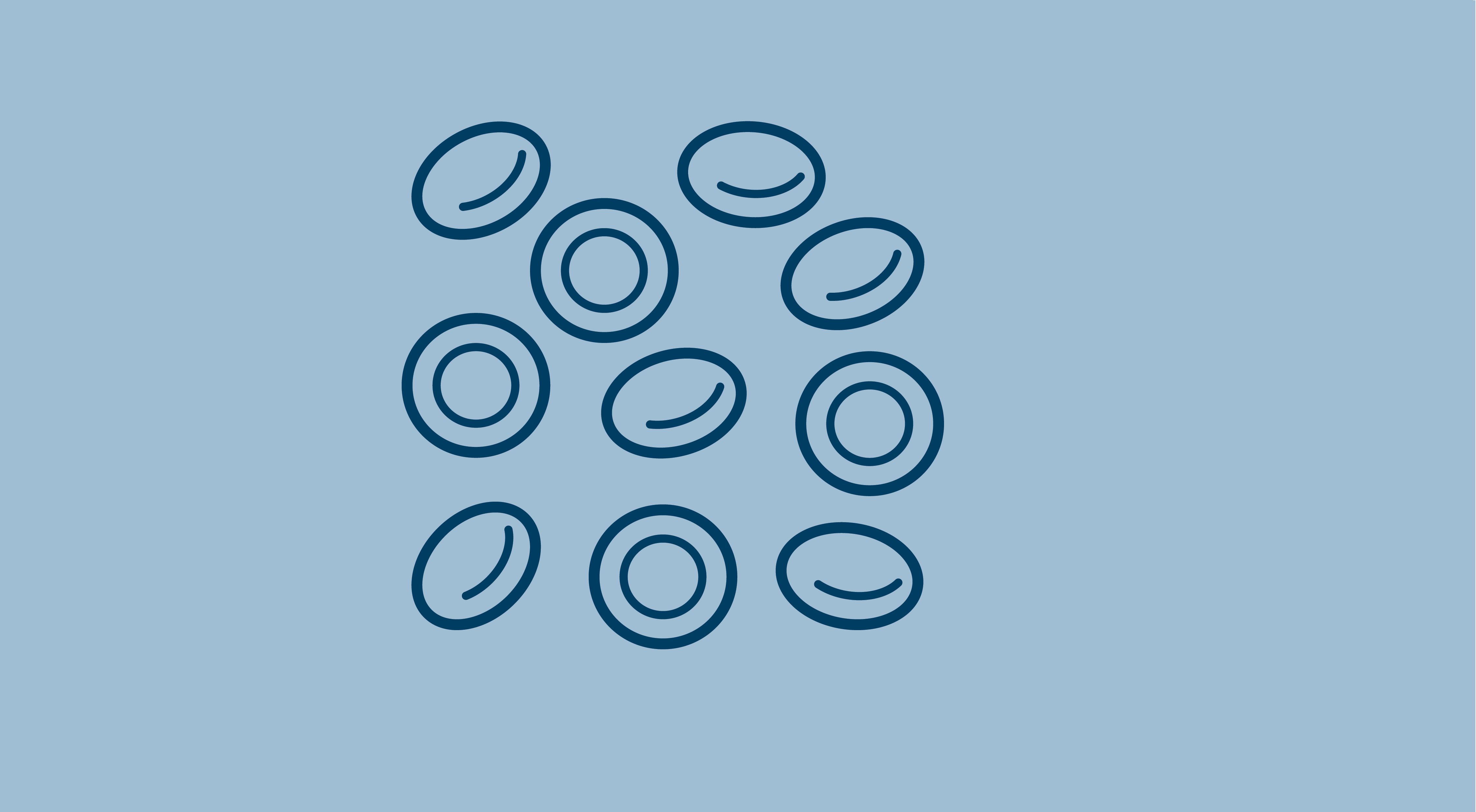Ruxolitinib May Elicit Skin/Joint, Chronic GVHD Responses
The use of ruxolitinib presented improved rates of skin/joint responses, cGVHD responses, patient-reports, low NRM, and high FFS in patients with refractory sclerotic cGVHD.
The use of ruxolitinib presented improved rates of skin/joint responses, cGVHD responses, patient-reports, low NRM, and high FFS in patients with refractory sclerotic cGVHD.

Ruxolitinib (Jakafi) was associated with high rates of skin and/or joint responses, overall chronic graft-versus-host disease (cGVHD) responses, low nonrelapse mortality (NRM), high failure-free survival (FFS), and improvement in patient-reported outcomes (PROs) in those with refractory sclerotic cGVHD, according to a study published in the Journal of Clinical Oncology.
During a median follow-up of 11 months, partial response (PR) in skin and/or joints was observed in 49% (95% CI, 34%-64%) at 6 months. In particular, 45% of patients had joint and fascia response and 19% had a skin response. The duration of skin joint response to treatment with ruxolitinib was 77% (95% CI, 48 to 91) at 12 months.
Furthermore, the overall cGVHD PR occurred in 47% (95% CI, 32%-61%) of patients. , the cumulative incidence of treatment failure was 20.8% (95% CI, 10.0 to 34.1). Thirty-eight percent of patients experienced improvements in Lee Symptom Scale summary and skin subscale scores.
At 12 months, the cumulative incidence of treatment failure was 20.8% (95% CI, 10.0%-34.1%). In addition, nonrelapse morality was 2.2% (95% CI, 0.17%-10.3%), and no recurrent malignancy failure-free survival was 77.1% (95% CI, 61.3%-87.0%) at 12 months.
Researchers noted that ruxolitinib was well tolerated with no new safety signals in this study. Several all-grade adverse events (AEs) occurred in at least 10% of patients including diarrhea (11%), nausea (19%), vomiting (13%), fatigue (15%), lung infection (11%), skin infection (11%), upper respiratory infection (17%), and weight gain (11%). Overall, AEs of any grade occurred in 66% of patients; however, 32% of AEs were considered probably or possibly related to ruxolitinib. Grade 3 or worse AEs were noted in 40% of patients overall, including lung infection and hypertension.
In this single-arm, multicenter, phase 2 trial (NCT03616184), 47 patients with sclerotic cGVHD refractory to corticosteroids and were treated with 1 or more additional line of systemic therapy for the disease were treated with ruxolitinib for at least 6 months. Patients in the study also had superficial or deep skin sclerosis, fasciitis, or joint contractures.
Patients received 10 mg of ruxolitinib orally twice a day for 6 months. Dosing was reduced by half in patients using strong CYP3A4 inhibitors. Those with at least a PR or stable disease at 6 months were allowed to extend treatment for another 6 months. After 6 months, or 12 months for extended treatment, ruxolitinib dosage was gradually reduced over a period of 1 month before discontinuation.
Those who were excluded from the study had a creatinine clearance less than 30 mL/min, a total bilirubin greater than 1.5 times the upper limit of the normal range, uncontrolled infection, or uncontrolled cardiopulmonary conditions.
Throughout the study, patients underwent blood counts and serum chemistry testing. This occurred 2 and 4 weeks after treatment initiation, and then monthly during the first 6 months of treatment.
Primary endpoints of this trial included CR or PR in skin and/or joint according to the 2014 NIH cGVHD Consensus Criteria. This study also included secondary endpoints of overall cGVHD response, treatment failure, FFS, NRM, steroid dose reduction, and PROs.
“As such, future studies should consider using ruxolitinib or other novel drugs such as belumosudil (Rezurock) or axatilimab (Niktimvo) earlier in the treatment course, as patients with sclerotic cGVHD who are less heavily treated may respond better,” study authors wrote. “Until such studies are conducted, on the basis of the results of this trial, single agent ruxolitinib offers an effective option for sclerotic cGVHD, thus meeting a hitherto unmet need.”
Reference
Bhatt VR, Shostrom VK, Choe HK, et al. A Multicenter Phase II Trial of Ruxolitinib for Treatment of Corticosteroid Refractory Sclerotic Chronic Graft-Versus-Host Disease. J Clin Oncol. Published online August 16, 2024. doi:10.1200/JCO.24.00205



